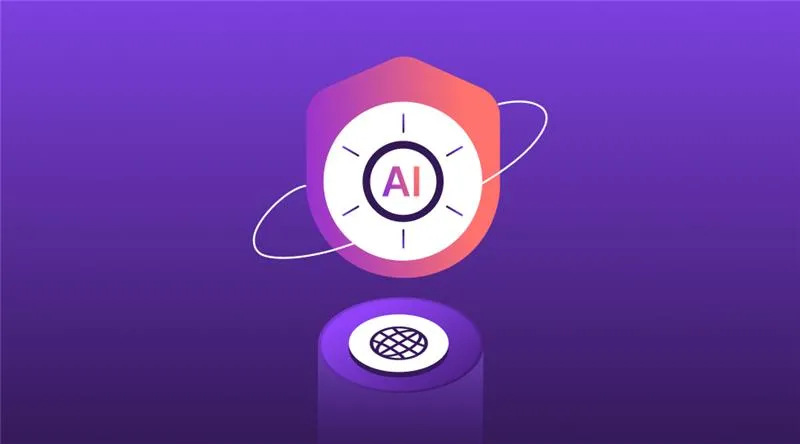Technology

5 min

Discover the differences between React and React Native to choose the best framework for your project. Explore features, development capabilities, and practical applications. Learn how Quokka Labs can guide you in your decision-making and customize solutions for mobile and web applications.

By Ayushi Shrivastava
09 Jul, 2024
Javascript is emerging as a meticulous thing that has expanded its wings beyond the basics. Many tools, frameworks, and libraries have been launched to the dev community in a decade. It was known as an essential building block of a web application or site. Now, the scenarios have transformed by leveraging the development potential from the client and server sides.
Startups, small enterprises, and companies prefer Javascript-based frameworks to develop apps and sites. Angular, React, and React Native are the tech stacks that contain the best features, yet you must consider the project requirements and framework capabilities to decide. In this blog, we’ll discuss React vs. React Native.
ReactJS and React Native share the essence of JavaScript and JSX. They are reliable, scalable, and interactive, delivering a rich user experience. Their uniqueness makes them ideal choices for aligning with real-world business requirements.
ReactJs is a library that is best for web apps' successful data response and rendering of components. With Virtual DOM, easy debugging, and state management, it is perfect for building responsive UIs. There are no such strict rules and guidelines. Developers can quickly shape single-page applications, static websites, and PWAs to match clients' needs. It's compatible with other libraries, plugins, and tools.
Conversely, React Native brings life to mobile apps for multiple platforms utilizing reusable and declarative components and APIs. If you understand JS concepts and React, it's easier to grasp. You can launch the app with all the native accessibilities.
Here are the essential pointers distinguishing each one from ReactJs and React Native.

Reactjs and React Native were launched with different development needs in mind to complete the project faster. To develop a personalized and optimal solution, address your requirements and business objectives and lock the best tech stack.
React is a valuable library to access the capabilities you need to add the script tag like we used to write any JS code. So, you also need to add the source attribute. Meanwhile, for React Native, you’ll need to set up the environment or access the command line interface or any emulator.
React works similarly to JS code writeups. Further, you can access the JSX extension to isolate HTML markup from logic. During the write-up, you can see the essence of JSX, but when you reach the compilation stage, you’ll see the JS components.
React Native is slightly different as it renders native components instead of HTML, SVG, or canvas tags. Thus, at first glance, React Native is the preferred choice for mobile app development, infusing the latest trends in AI, AR, and VR.
React utilizes the virtual DOM to display the content of a web document. It contains a suite of libraries and frameworks to represent dynamic UIs. It improves web app performance and user experience with rapid updates.
Developers prefer Native APIs to launch Android and iOS components. When aiming for cross-platform application development for Android OS devices, developers write code in Java, and when creating iOS apps, objective C is preferred. Test your app's functioning in Android Studio or Xcode. With the accessibility of a single codebase and reusable components, the app can be customized by implementing JS code.
React Native is a versatile library that renders impressive UIs for client and server sides. It's worth setting an abstract layer to bring life to lower and higher-level elements. Eventually, it eases the development, infusing productivity and efficiency.
React Native also drives efficiency to development grounds yet using a different approach. Access Objective-C, Java, and Swift native code writework to add to React Native. Build custom apps that access reusable components and render the same features and functionality as attractive UI/ UX.
React's blend of HTML and JS works well with trending technologies, eliminating styling complexity for local and global scopes. React Native enables needful changes by accessing reusable native components. You can just install the plugin and launch the hybrid app effectively.
While creating static or dynamic websites or apps, SEO is essential in how they are rendered and appear in web results. React enables access to essential libraries and tools to index the web app/ websites by Google Bots and render SERPs. React Native is considered and known as a framework for launching mobile UIs. It is specifically designed to build mobile apps that are responsive, scalable, flawless, and fast loading. Thus, the React Native App development company is responsible for making the UIs perfect with the utmost user experience and SEO-friendly.
React has a suite of function and class components that are accessible anytime to declare and define the app's functionality. It shreds off the workload from developers, giving them exposure to adapting ES6 classes and time to focus on other things.
React Native comes with handy widgets for launching native-featured apps. Developers just need to dig into the UI explorer to pick the desirable component, and then they can reuse and customize it anytime. It is compatible with all the native modules. Furthermore, you can access GitHub tools, commands, or the CLI to launch and customize native components.
React and React Native sound the same, yet their approaches and custom modules, dependencies, and plugins. Finding and implementing the essential behaviors takes time to keep them isolated. In React, we choose hooks, browser routers, URL parameters, and query parameters for routing and navigation. You can also access history on the browser. React-router library, useHistory, and useNavigate are frequently chosen.
In React Native, we use unique navigators. Reactnavigation is a library responsible for handling options components. You can use stack navigators, drawers, BottomTab, Tabs, sidebars, menus, footer options, and screens. You can also add animations or deep linking to enhance the navigation.
 As mentioned, React has the essence of JSX, which is quite complex for beginners, those in the early stages of their development careers, or anyone juggling with JS.
As mentioned, React has the essence of JSX, which is quite complex for beginners, those in the early stages of their development careers, or anyone juggling with JS.
The second concern is frequent library improvements, essential to making things robust, rapid, and secure. Developers need to reserve a timeslot for regular check-in.
Furthermore, if developers need to access native capabilities in the app, they need to depend on third-party libraries.
If you are developing a website or web app, React will consume less time. When building a cross-platform product, you need to focus on making the product responsive, adaptive, and flexible to all platform standards. So, when opting for React Native to develop a custom solution, you need to access .
 React has a hot reloading feature and can handle real-time updates and states, making it suitable for developing complex, dynamic, and rapid UIs. It modifies only desirable components of the webpage. Whether social media platforms, e-commerce websites, single-page applications, PWAs, CMS, or dashboards, anything React is safe to adopt.
React has a hot reloading feature and can handle real-time updates and states, making it suitable for developing complex, dynamic, and rapid UIs. It modifies only desirable components of the webpage. Whether social media platforms, e-commerce websites, single-page applications, PWAs, CMS, or dashboards, anything React is safe to adopt.
React Native can quickly shift to different screen renderings as it possesses cross-platform capabilities and native components. This makes it easy to browse and display products, manage carts, and receive real-time alerts and updates. It also enables the implementation of GPS, accelerometers, and other native-like features. React Native is also perfect for building travel, hotel booking, health and fitness apps, social media apps, e-commerce apps, etc.
React and React Native are versatile and capable of delivering a seamless user experience. What makes it different is that if your mass audience is on the web, then you can react. But you want to target a multiplatform audience. In that case, React Native is a suitable choice as it has native app-like capabilities for a flawless transition experience across different device screens. The syntax, behavior, and approaches are distinct, but both are best to boost your business by increasing customer engagement, ROI, and brand reputation.
Choosing Best Tech Stack for Web App Development: Performance, Cost, and Scalability
By Dhruv Joshi
5 min read
Top 9 Tech Stacks for Scalable Web Application Development
By Dhruv Joshi
5 min read
Generative AI Implementation Strategy: From Concept to Deployment (Step-by-Step Guide)
By Sannidhya Sharma
5 min read
How to Design a Web App: From Wireframes to Working Prototype
By Dhruv Joshi
5 min read

Technology

7 min
Generative AI is moving fast into enterprises, from banks to hospitals to government agencies. Adoption is rapid, but security planning lags. Unlike traditional systems, these models can be exploited through prompt injection, poisoned data, or manipulated to leak sensitive information. They are also misused for phishing, deepfakes, and malicious code.


Technology

7 min
AI-powered Web Application Firewalls (WAFs) go beyond static rules by using machine learning, anomaly detection, and predictive analysis to block zero-day threats, reduce false positives, and protect APIs at scale. Unlike traditional WAFs, they self-learn, adapt in real time, and cut operational costs while improving compliance and trust.


Technology

5 min
AI is redefining mobile app security by transforming how threats are detected, tested, and prevented. From continuous monitoring and fraud detection to compliance with regulations, AI ensures apps remain resilient against modern risks. This means safer apps, protected users, and stronger businesses. Investing in AI-driven security today builds trust, drives growth, and secures long-term competitive advantage.


Feeling lost!! Book a slot and get answers to all your industry-relevant doubts